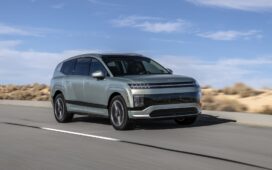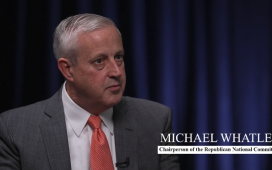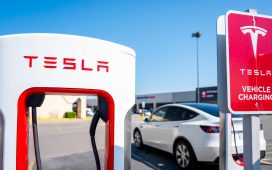Do you see consolidation occurring in the market going forward?
It depends on who you consider for the consolidation. If you are talking about piston makers or cylinder head makers, there will be consolidation. But there remains an opportunity to boost value with e-motors, power electronics, gears, even thermal management. In total, however, there will be fewer players than today. It’s not enough if you can only do e-motors or transmissions. It’s not enough if you only can do thermal management. There will be a few that have the entire range of skills. I’m optimistic that we will be one of them.
How has the move toward electrification changed your business?
To start the transformation of Schaeffler, three of four years ago we gave ourselves this 30/40/30 scenario. That stood for our belief that by 2030 30 percent of global vehicle production would be full-electric cars, 40 percent hybrids and 30 percent with internal combustion engines. When we announced this plan people said, ‘Oh, come on. Don’t overdo it.’ But this helped put us in a position to be a Tier 0.x supplier.
Did you believe those numbers were realistic when they were first announced?
If you would have asked me then if 30/40/30 was a credible scenario or a vision, I would have said it’s a vision. Today, I would say it’s the most likely scenario. Will it be even more aggressive than we originally forecast? That is yet to be seen because people still have to buy the cars. There are still a lot of subsidies in place. There are still issues with the charging infrastructure. Despite this, we believe this is the real scenario, not a vision.
Were you surprised how quickly automakers accelerated their e-mobility push?
I have been a little surprised. I thought it would take longer. But now you see Volkswagen and BMW readjusting their strategies. If you look at Asia, you can see that Toyota is struggling a bit with its self-confidence in hybrids. Now they are all saying: ‘We need to make zero-emissions cars.’
What are the risks?
The big uncertainty is still customer acceptance. Will the people who buy those cars be disappointment with the charging infrastructure? Will there be disappointment on the used car price structures? I don’t know. But if it starts to roll, I think that that 30/40/30 is the minimum we can expect.
How much credit does Tesla deserve for pushing the conversation about electric cars to the forefront?
Endless amounts. Even the charging infrastructure, where others now struggle, was offered by Tesla six or seven years ago at a fuel station on the highway near my home and it expanded from there. They had this strategy from the beginning. They thought of the car from scratch. They thought of how to get into autonomous. Because of this vision – the ability to keeping being one step ahead – and to go global, deliver quality and deliver volumes, I have great respect for that team.
On the topic of autonomous driving, how what role will Schaeffler play in the creation and evolution of the technology?
Our contribution is the development of steer-by-wire technology. It’s one of the key topics. Schaeffler will not invest in lidar or cloud computing or whatever. It’s better if Elon Musk and other companies such as Mobileyes of the world tackle those issues. But when it comes to preparing those cars to be driven autonomously, we have to talk about the steering column because you can’t have a fixed connection between the steering wheel and rod when driving autonomously. There will be new interior elements, and somebody will make the R&D effort to develop steer by wire. That’s our course of action. That’s why we have a special joint venture [called Schaeffler Paravan Technologie] for steer by wire. We see the first projects coming on low-volume conventional cars, which is a good place to try out new things. Then, in the midterm, those cars will not have steering wheels anymore. Preparing cars, the hardware and the software structures underneath the lidars and radars, to become autonomous vehicles will be our contribution.







